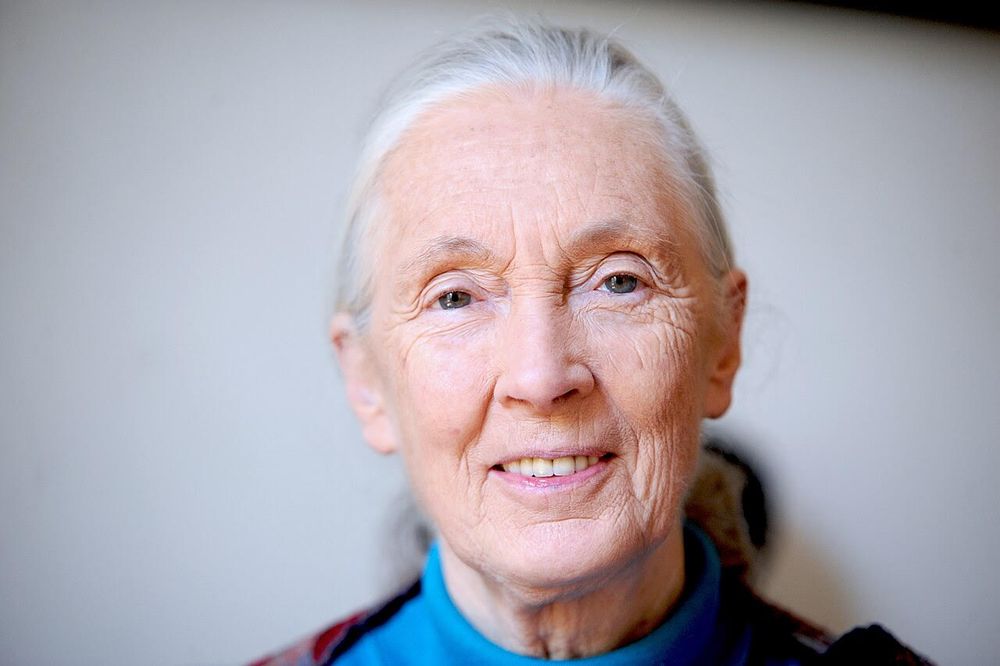Kranzusch Lab
@kranzuschlab.bsky.social
250 followers
100 following
38 posts
Harvard Medical School, Dana Farber Cancer Institute
https://kranzuschlab.med.harvard.edu
Posts
Media
Videos
Starter Packs
Reposted by Kranzusch Lab
Reposted by Kranzusch Lab
Reposted by Kranzusch Lab
Reposted by Kranzusch Lab
Reposted by Kranzusch Lab
Reposted by Kranzusch Lab
Reposted by Kranzusch Lab
Reposted by Kranzusch Lab
Reposted by Kranzusch Lab























